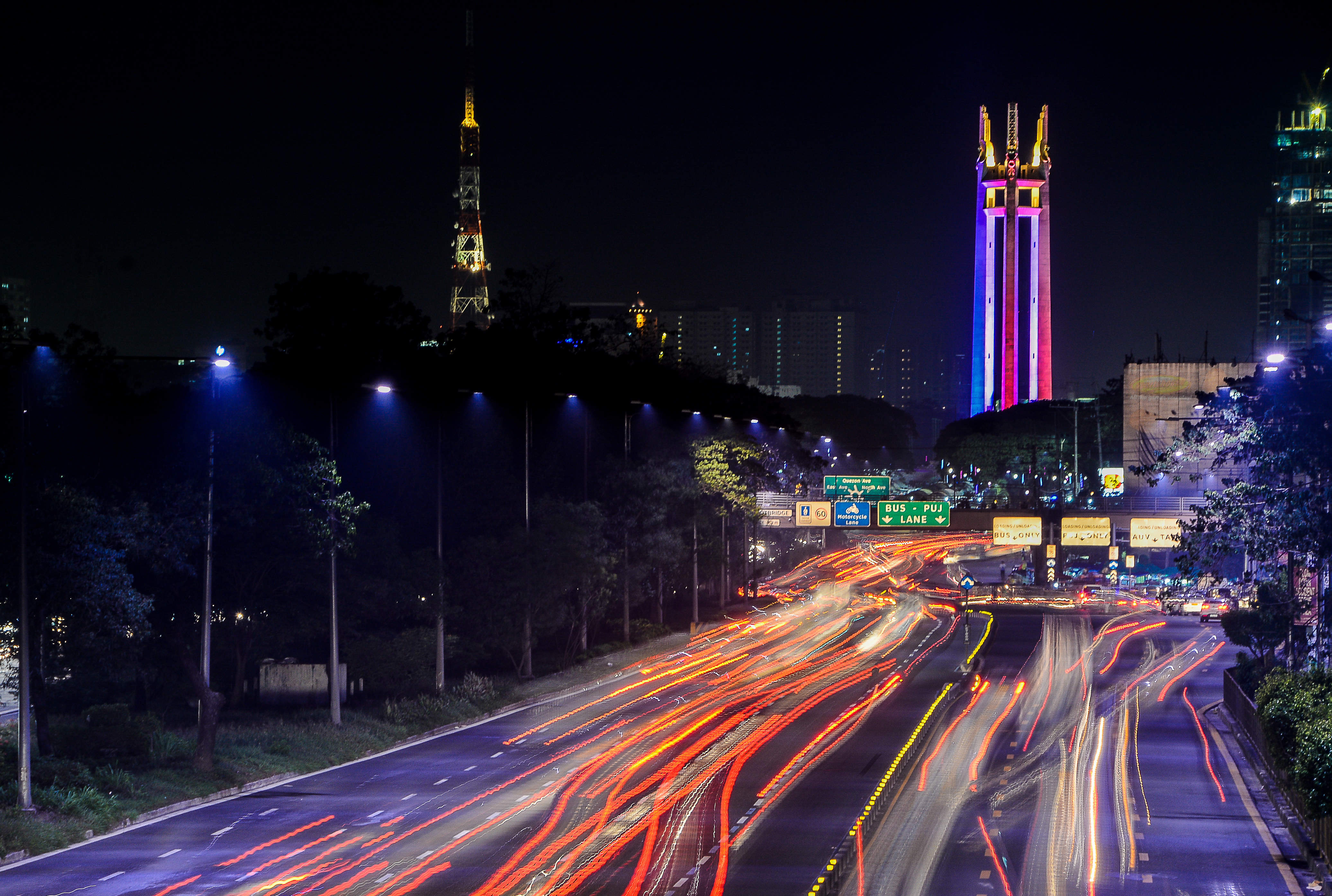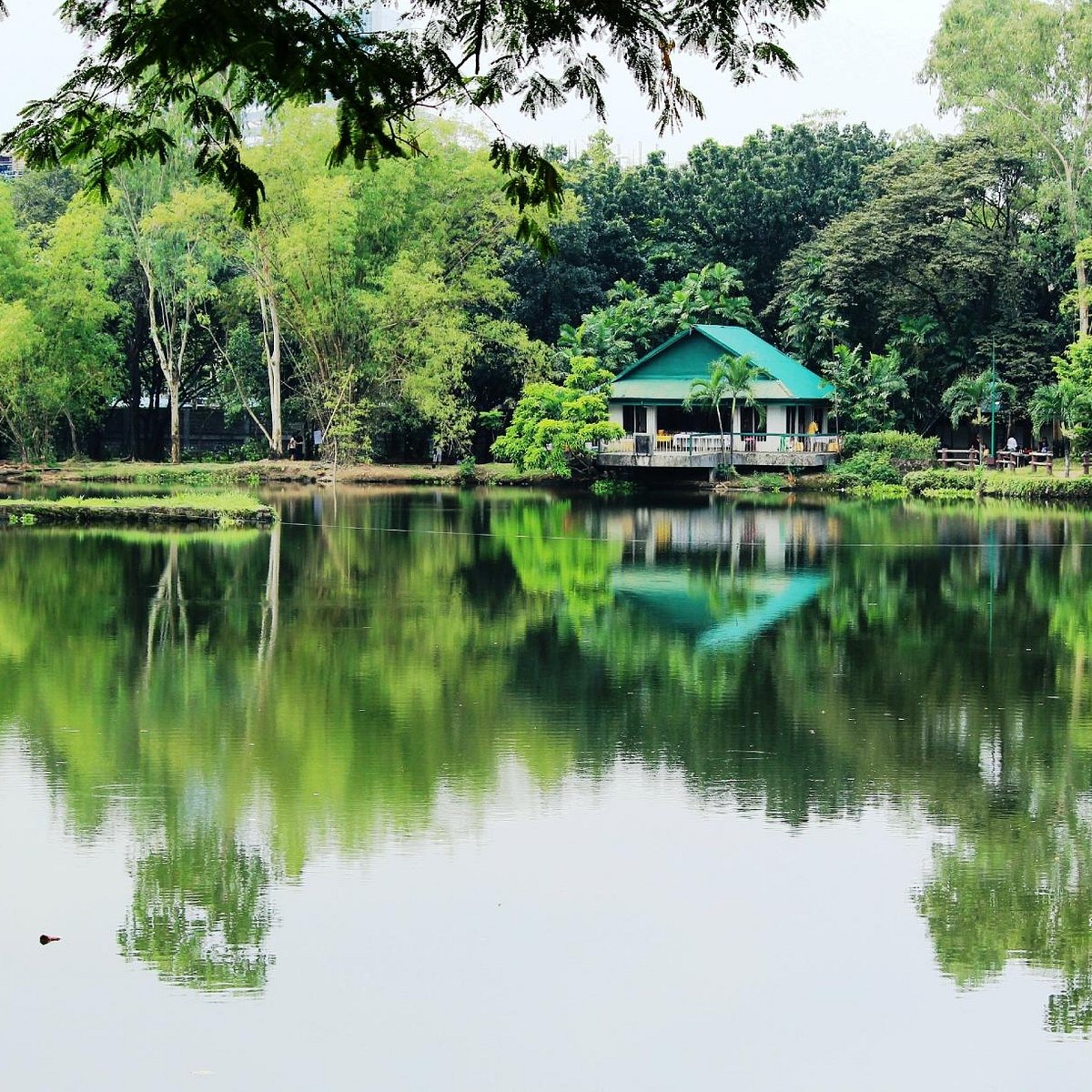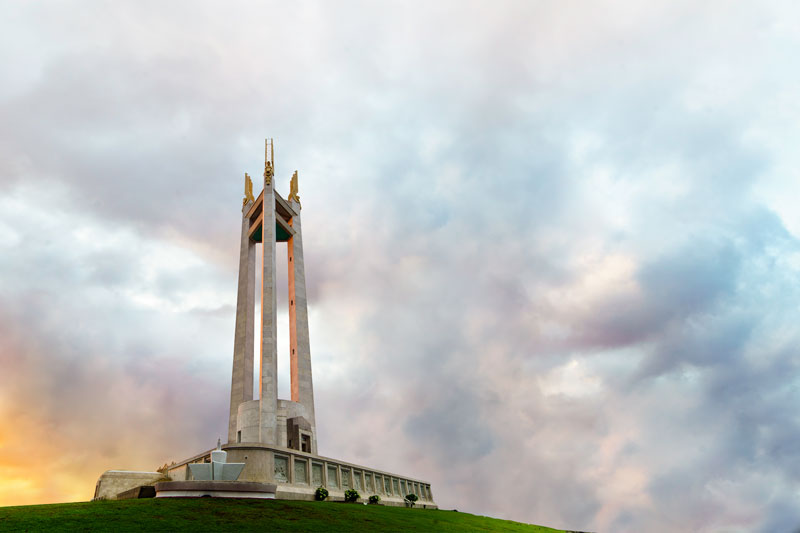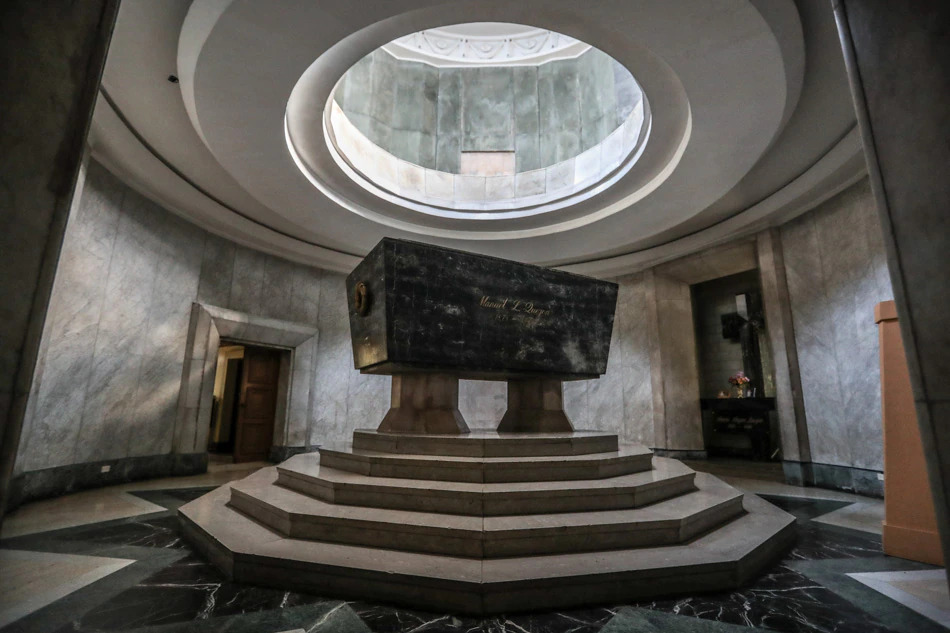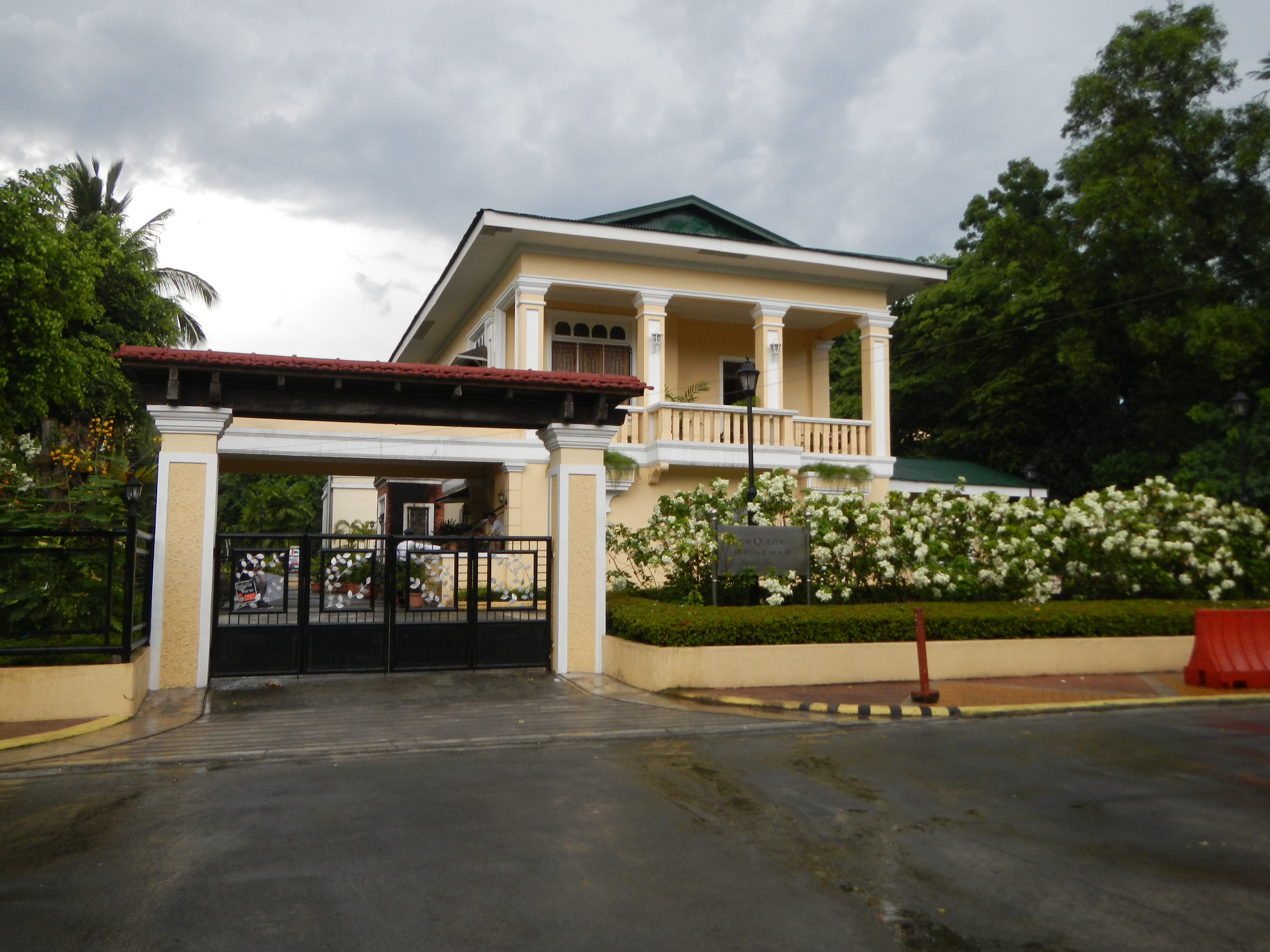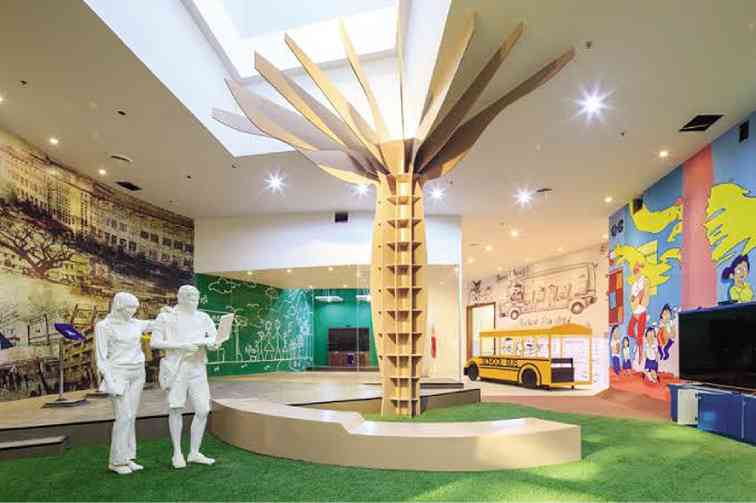Welcome to Quezon City in Metro Manila, and welcome to Anthro on Foot's walking tour! This is a
self-paced
walking tour that features key heritage sites and cultural highlights in the area. We hope you enjoy
this tour as
much as we enjoyed curating it!
Quezon City is named in honor of Manuel L. Quezon, the first president of the Commonwealth and the
second official President of the Philippines.
Before Spanish colonization, the area that is now Quezon City was inhabited by indigenous peoples.
The Tagalog people, who are part of the larger Austronesian ethnic group, were predominant in the
region. They had their own languages, cultures, and socio-political structures.
Precolonial Tagalogs in present-day Quezon City primarily engaged in agriculture, fishing, and trade.
Communities engaged in the cultivation of crops such as rice, root crops, and various fruits. Trade
networks existed, allowing for the exchange of goods and cultural practices.
The arrival of the Spanish colonizers in the 16th century marked a significant turning point in the
history of Quezon City. During this period, the area now occupied by Quezon City was part of a larger
territory called "Hacienda de San Francisco," which was composed of vast agricultural lands. The land
was owned by the friars of the San Francisco del Monte monastery in Manila.
The San Francisco del Monte monastery was established by the Franciscan friars in 1590. The friars
utilized the land for agricultural purposes, cultivating crops and establishing a convent.
Towards the end of the 19th century, the character of the area began to change. With the arrival of
the Americans in the Philippines following the Spanish-American War in 1898, the country underwent
significant political and social transformations.
In the early 20th century, President Manuel L. Quezon conceived the idea of establishing a new city
to replace Manila as the nation's capital. This vision is believed to have originated during his visit
to Mexico.
